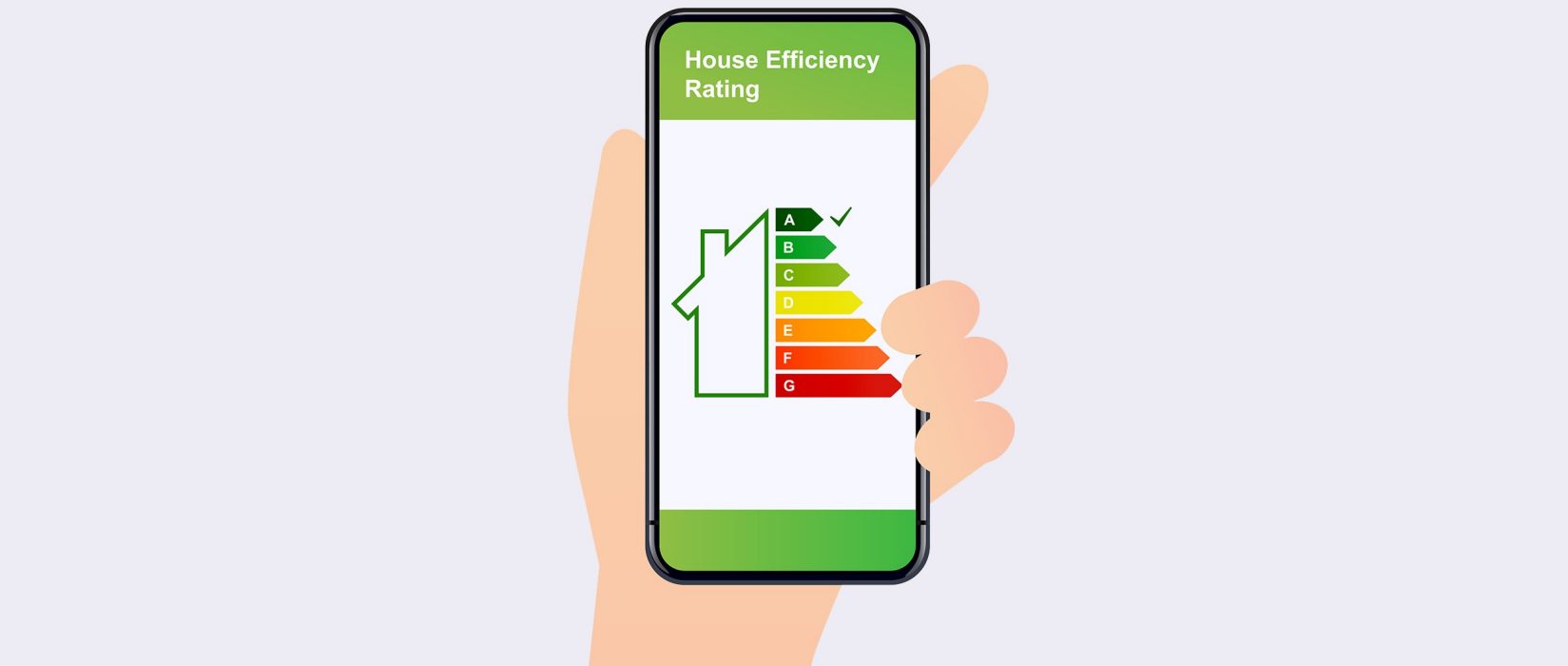
Controlling electricity consumption: how to achieve this with the help of Smart Home
How to control electrical consumption in your home
A renewed ecological awareness and the substantial increase in energy costs means household energy consumption needs to be watched carefully. To save money, simple actions are, of course, a good place to start, such as carefully reading bills to know the cost per kW, discovering if there are off-peak time bands when energy costs less, using lighting systems that use LED lights, and adopting energy-efficient appliances. Is it possible to quantify how much your appliances really consume? Fortunately, this is data that can be managed analytically using a number of smart tools.
Smart Home helps monitor and reduce consumption
Innovative intelligent solutions now allow us not just to monitor consumption accurately, but to have centralised and simplified control of devices in the home: from household appliances, even old models, to the lighting system; from entertainment systems to any charging station for the electric car in the garage. All this is complemented by temperature control and more advanced solutions, such as security systems or shutter automation for the homes equipped with these solutions.
Monitor electrical consumption of household appliances through Wi-Fi and smart plugs
New-generation household appliances, especially mid-range ones, are connected to the Internet via Wi-Fi and permit a direct reading of consumption via smartphone apps. What about older appliances or those that don’t have these functions? There are other ways to measure consumption, for example, by using smart plugs that indicate in real time how much power is being consumed by devices connected to them. The only downside of this solution is having to connect a plug to each device (or groups of devices if using a power strip) and that is not always easy to adopt, as in the case of built-in ovens (the plug of which is usually hidden behind the kitchen fitting) or a hot water boiler connected directly to the mains and not via a plug.
The most effective method to date is to use an integrated smart system in plugs and switches that can display consumption in real time, connecting to mobile devices to show and analyse historical trends and possibly analysing loads to prevent excessive consumption from ‘tripping’ the meter. This particular solution offers maximum functionality and ease of use. It is scalable, secure and reliable, and has the advantage of integrating elegantly and unobtrusively inside any home environment.
This type of system lets you manage, via a common programmable switch, the different smart elements of your home, from the most banal, such as the lighting system or shutter opening and closing, to the more sophisticated functions such as alarm activation or the measurement of electricity consumption. In addition, it integrates ‘futuristic’ elements such as voice-assisted control or IFTTT (If This Then That) programming, which allows automating scenarios and actions when certain events occur. A simple example of a programmable scenario is one that automatically switches the lights off when no one is at home.
How to calculate consumption
Is it possible to predict the amount of your next bill? Unfortunately, it is not that simple. The smart instruments that measure consumption indicate the amount of kWh used, which must be multiplied by the cost of an individual kW and depends on the type of contract you have with the operator; the fixed charges must be taken into account too. Various offers provide a lower cost per kW for use during the night, when demand on the grid is lower; others vary incrementally depending on monthly consumption. It should also be borne in mind that household appliances do not always consume the same amount of energy: washing machines and dishwashers, for example, consume different amounts of energy depending on the washing cycle set, while the energy consumed by a refrigerator may vary depending on the outside temperature and the amount of food inside. Despite all of the above, you can still obtain an approximate value for your expenses.
The cost of energy has risen, but households that have chosen efficient appliances, use lighting systems with LED bulbs, and keep their consumption under control with smart systems will manage to keep costs down without a drastic lifestyle change.
Subiecte de interes
Afișează alte categorii


























